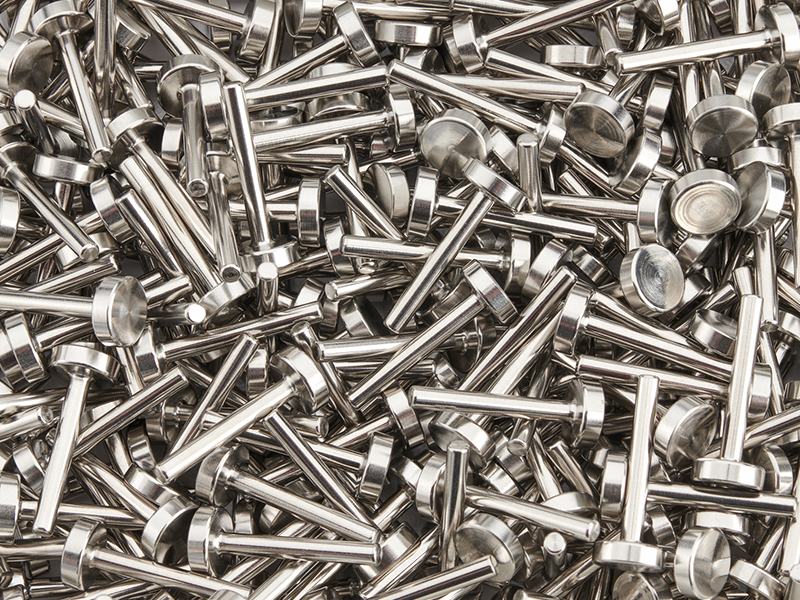THIS SERVICE IS CERTIFIED TO MEET THESE REQUIREMENTS
*Not a complete listing of available specs. Contact us at 763-373-7533 or email us at [email protected] for review and confirmation of your specification or to request a quote
USA Specifications
NADCAP Specifications
- ASTM B912
NON-NADCAP Specifications
- ASTM A380
- ASTM A967
Mexico Specifications
NADCAP Specifications
- Not certified in Mexico
NON-NADCAP Specifications
- Not certified in Mexico
ELECTROPOLISHING
An electrochemical process that removes a thin layer of material from a metal part by breaking off the peaks of the substrate on a microscopic level, creating a shiny and smooth finish.
-
Reduces Material Roughness
-
Reduces Contamination Buildup
-
Removes Contaminants
-
Naturally Passivates
-
Creates Uniform Layer
-
Corrosion Resistance
-
Deburring
-
Resists Pitting
-
Stainless Steel
REASONS TO ELECTROPOLISH
Passivation: Electropolishing naturally passivates stainless steel material by removing free iron from the surface.
Remove Material: While electropolishing, material is removed at a rate that is controllable between 50 and 1000 Microinches. However, it will remove material faster in high current density areas. The larger the surface area, the more difficult it is to control uniformity.
Improve Surface Finish: Typically, you can expect to cut a surface finish in half. This is a general rule of thumb and should be proven out before any type of production volumes. Electropolishing for the purpose of improving the surface finish has a visual requirement to achieve desirable results. It is possible to over electropolish and get a diminishing result. Therefore, you cannot remove a desired amount of material and achieve the best surface finish. It must be one or the other.
